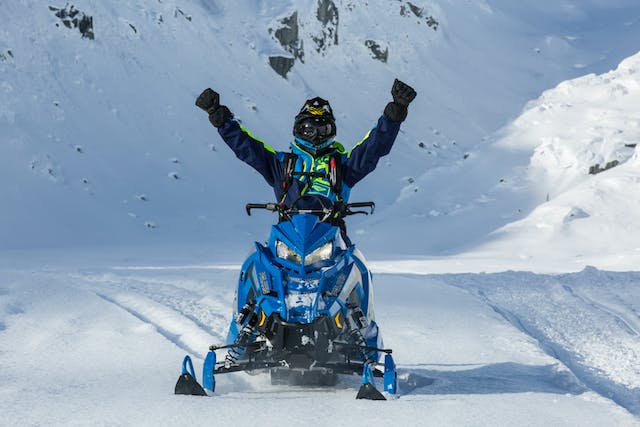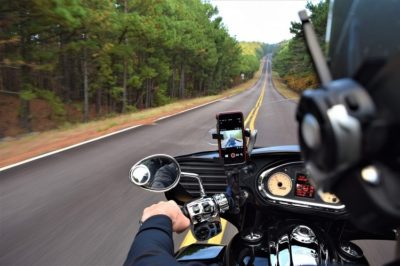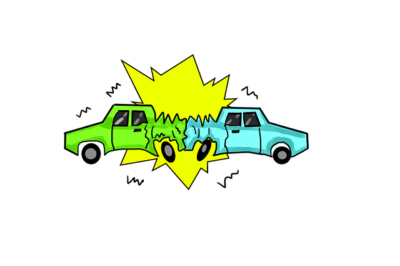Snowmobiling is an exhilarating winter sport enjoyed by countless enthusiasts across snowy terrains worldwide.
If you are new to snowboarding and want to get involved, check out Polaris snowmobiling deals and see how you can start planning your participation in this incredible and exciting activity.
Snowmobiling delivers an almost unmatched sense of freedom and adventure, but like any motorized activity, it comes with its own set of challenges and potential hazards. Both novices and seasoned riders can potentially fall prey to common mistakes. This can lead to accidents, injuries, or even just diminished enjoyment of the sport.
You can enjoy the sport safely by recognizing and avoiding these mistakes. A good understanding of the challenges and hazards that are part and parcel of this exhilarating activity is key to ensuring a safe and enjoyable snowmobiling experience.
Here are ten common snowmobiling mistakes and some practical advice on how to avoid them.
Neglecting Pre-Ride Inspections is Never a Good Idea
One of the most common oversights is skipping pre-ride inspections. Before each ride, it’s crucial to check your snowmobile’s condition, including the brakes, lights, fuel levels, and engine oil.
Also, check to ensure the skis and tracks are free of damage and that all nuts and bolts are tight. Ignoring these checks can lead to mechanical failures in remote locations.
The best way to prepare is to develop a comprehensive checklist and adhere to it before every ride. Familiarize yourself with your snowmobile’s maintenance manual to understand specific inspection points.
Don’t Overestimate your Ability
Many accidents occur when riders overestimate their skill level and tackle trails or speeds that exceed their experience. This can quickly lead to loss of control, collisions, or a situation developing where you are unable to navigate safely through challenging terrains.
It’s best to be honest about your skill level and gradually work your way up to more challenging rides. Consider taking snowmobiling safety courses to improve your abilities and confidence.
Never Ignore or Underestimate Environmental Conditions
Weather and snow conditions in winter landscapes can change rapidly. These shifts in conditions can quickly present unexpected challenges, even for experienced riders. Avalanches, ice over water, and whiteout conditions are just a few hazards that can easily catch riders off guard.
It is highly advisable to always check the weather forecast and trail conditions before heading out. Carry a GPS device, a map, and a compass, and know how to use them.
Another good tip would be to learn about avalanche safety if you intend on riding in prone areas.
Riding Alone is Risky
While the solitude of snowmobiling alone can be appealing, safety in numbers is always the best strategy and mindset. Solo riding poses significant risks if you encounter trouble and there’s no one to assist. Getting stuck, mechanical failures, or injuries can also become serious issues when you are alone.
Whenever possible, ride with a buddy or in a group. If you must ride alone, inform someone of your planned route and expected return time.
Not Wearing Proper Gear Can Soon Lead to Problems
Inadequate clothing and safety gear can lead to hypothermia, frostbite, or even worse injuries during accidents. Some riders don’t pay enough attention to the threat of cold weather and might even be tempted to forego protective equipment like helmets and goggles.
Wearing the right gear is imperative every time you climb aboard your snowmobile. Dress in layers to manage body temperature and wear waterproof outer garments. Always wear a certified helmet, goggles, gloves, and appropriate boots.
Ignoring Trail Etiquette Can Quickly Lead to Problems
Disregarding trail signs, not yielding to uphill traffic, or riding on unmarked trails not only endangers you but also others. This cavalier approach can lead to collisions and can also be damaging to the environment.
Always familiarize yourself with local snowmobiling rules and trail etiquette. Respect trail signs, yield appropriately, and stay on marked trails unless you are certain that off-trail riding is allowed and safe.
Avoid Speeding
Without a doubt, excessive speed is a leading cause of snowmobiling accidents. High speeds reduce reaction times and make it harder to navigate obstacles or changes in terrain.
You should always ride within your ability to control the snowmobile and adjust your speed according to visibility, trail conditions, and traffic.
Drinking and Riding Can be a Dangerous Combination
Alcohol is renowned for impairing your judgment, reaction times, and physical coordination, making it a significant risk factor for accidents in the snow.
It’s wise to save the celebratory drinks for after you’ve safely concluded your ride and are no longer operating any vehicles.
Poor Weight Distribution
Improper loading of gear or uneven weight distribution can affect the handling and stability of the snowmobile, making it difficult to steer and increasing the risk of rollovers.
Take time to pack your gear evenly and securely so that you achieve good weight distribution and can retain full control of your snowmobile. If you are carrying a passenger, ensure they understand how to position themselves to maintain balance, especially during turns.
Failing to Communicate Plans is a Mistake
Not letting others know about your riding plans, especially in remote or backcountry areas, is a mistake that can complicate rescue efforts in case of emergencies.
Always inform someone reliable about your destination, the routes you plan to take, and your expected return time. Carry a charged cell phone or a satellite communicator for areas without cell coverage.
Snowmobiling is a fantastic way to explore the beauty of winter landscapes and there is no doubt that it can be tremendous fun and a great way to get some thrills and great views all at the same time. However, it is a sport that demands respect for safety protocols, the environment, and other riders. By being aware of and actively avoiding these common mistakes, you can significantly reduce the risk of accidents and enhance your overall experience and enjoyment.
Preparation, education, and caution are your best tools for enjoying the thrilling world of snowmobiling safely. Whether you’re a beginner or an experienced rider, taking the time to ensure you’re not making these mistakes will lead to more enjoyable and safer rides as you explore the snowy wilderness.










